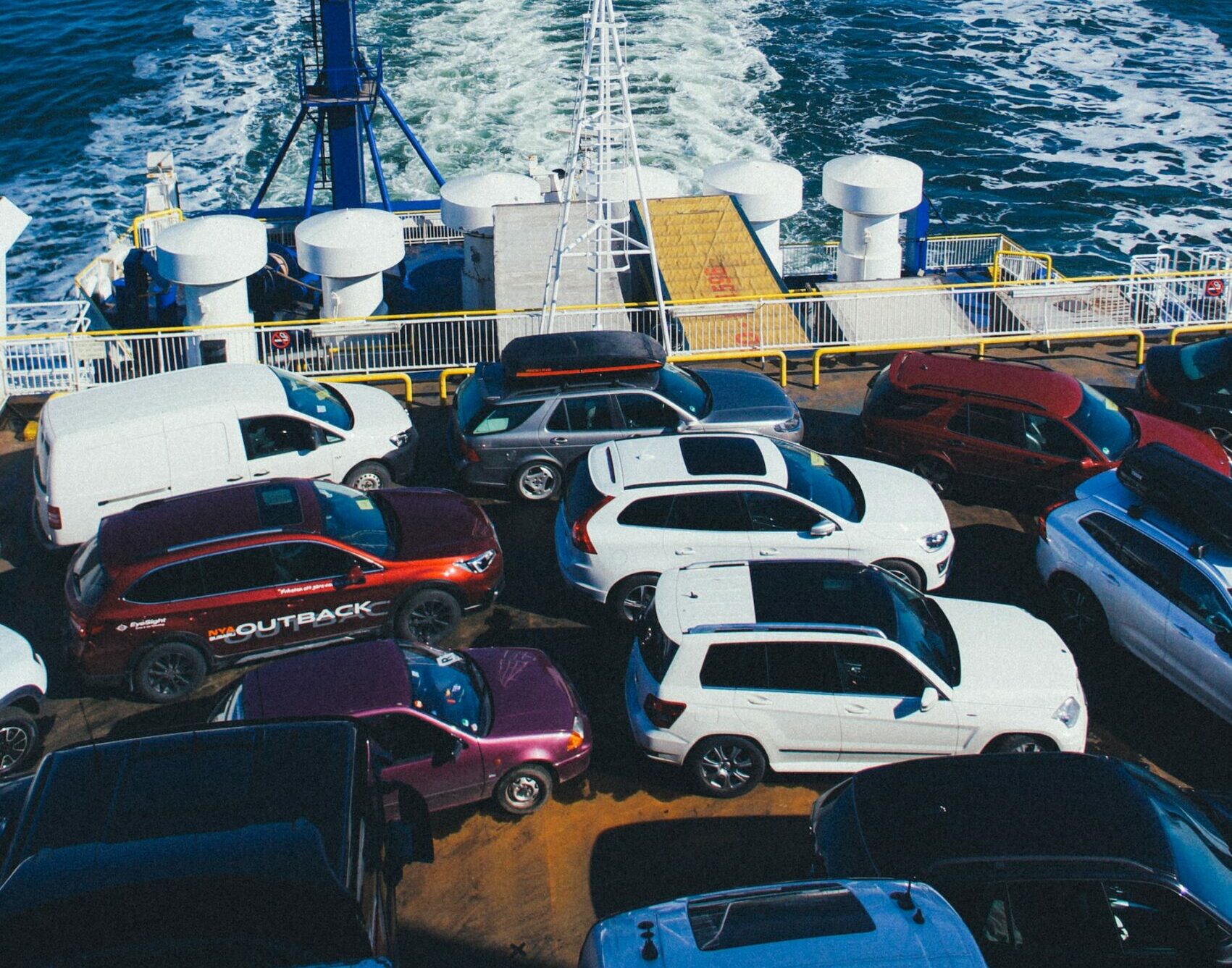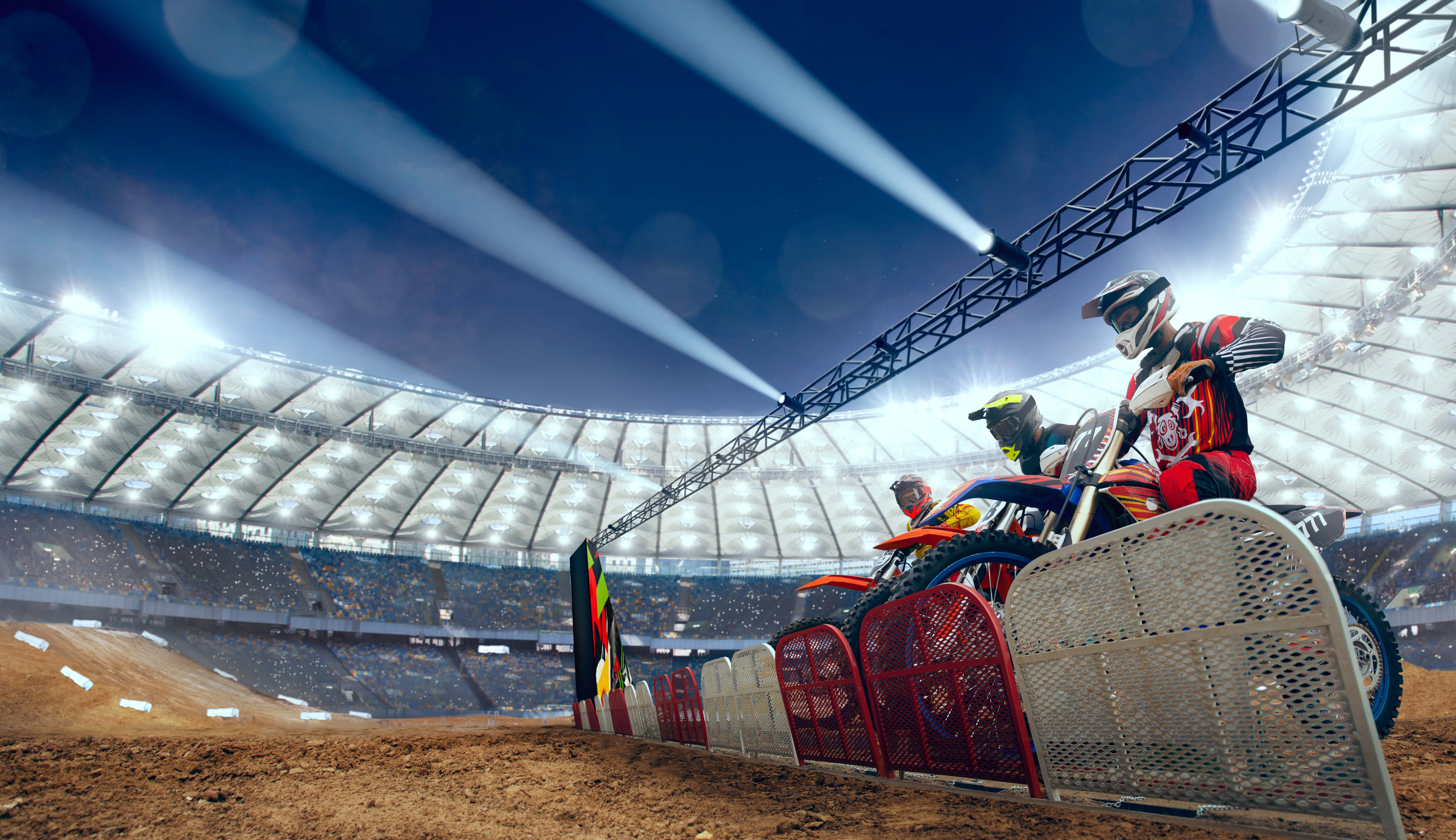It’s never fun realizing that you’ll need to engage in repairing hail damage on your car. Sure, hailstorms can wreak havoc on our prized automobiles, but with a dash of determination, the right tools, and a good ol’ fashioned love for car repair, we’ll have those dents and dings smoothed out in no time.
Hail Damage Repair
You know, hail can be a real pain for our four-wheeled companions. Those icy projectiles can cause all sorts of mayhem, leaving marks that range from minor dings to major craters. Not to mention, many regions in the US can experience these car-damaging storms. Using tips from some of the best experts in hail dent repair Austin, Texas has to offer, let’s see if we can find a way for you to remove the dent yourself!
Using this DIY hail damage repair guide you’ll learn the best ways how to fix hail damage so that you can mend your hail-kissed chariots right in your own driveway! Together, we’ll go over the must-have materials, tried-and-true techniques, and some insider tips for repairing hail damage to get your ride looking shiny and dent-free once more.
Introducing PDR: A Dent Repair Solution
When it comes to repairing hail damage, dents caused by hail contain a vast spectrum of complexities, severities, and sizes. While the skilled hands of a professional are typically the go-to solution, some cases of hail damage might just be manageable with a little DIY elbow grease. The first step is to size up the dent and decide if paintless dent repair (PDR) fits the bill.
For those dents that are small and conveniently accessible, a hail damage repair kit and a touch of enthusiasm for car repair could be all it takes to tackle the job. However, if the hailstorm left behind some larger dents or those pesky hard-to-reach spots, it’s wise to hand over the reins to a seasoned professional.
Assessing the Damage: A Must-do for DIY Hail Repair
For car enthusiasts looking to fix hail damage themselves, the first step in DIY hail repair is a thorough inspection of the dent. Key factors to consider include the dent’s size, location and accessibility, depth, and any additional surface damage present in the affected area.
Here’s a handy checklist to determine if PDR repair is the way to go:
- Size Matters – Dents should be no larger than 4 inches in diameter. Bigger dents usually call for advanced tools and expert know-how.
- Depth Check – If the dent is too deep, it’s best to leave it to the pros.
- Accessibility – Steer clear of dents near sharp edges or where two panels meet.
- Paint Perfection – PDR isn’t the answer for dents with scratched paint, as it could lead to further damage.
If the dent on your vehicle checks all these boxes, feel free to jump further into this DIY hail damage repair guide to get your hail damage wiped away!
Gather Your Gear: PDR Tool Time
Embarking on the PDR journey requires a set of trusty tools. While the contents of a hail damage repair kit may vary depending on the dent’s severity, minor dents typically don’t call for highly specialized equipment. Here’s a list of the essentials for PDR:
Below are some tools that are typically used when performing PDR:
- Isopropyl Alcohol – Necessary for giving the dented area a thorough cleaning.
- PDR Tool Kit – These handy pre-packaged kits come with everything needed for PDR and can often be found online.
- Glue Pull Tabs – Perfect for yanking that dented area back into shape.
- Glue Gun and PDR Glue – Needed for attaching the pull tabs to the dent.
- Glue Remover – An important component for eliminating any stubborn glue residue.
- Knockdown Tool and Hammer – Ideal for smoothing out high spots after the dent has been pulled out.
- Dent Lifter – Just as the name implies, this tool is a champ at suctioning and pulling out dented areas.
Though the tools required for PDR can differ based on the dent’s specifics, this hail damage repair kit contains the fundamental gear to get the job done and help you successfully tackle PDR on your vehicle.
Fixing Hail Dents
Mending hail dents on a car can be a long job, but it’s all in a day’s work for someone looking to fix up their car. Just remember to take care and not make things worse. Here’s a handy tutorial to help keep the job running smoothly and steadily.
- Give the dented spot a good cleaning. Before getting started with PDR, make sure the dented area is prepped and ready to go. Clean the spot with some alcohol to get rid of dirt and grime, so you can get to work on the dent itself.
- Stick the glue tabs onto the dent. Fire up that glue gun and put some PDR glue on the pull tabs. Next, attach those glue tabs right onto the dented spot.
- Time to use the dent lifter tool. With the glue tabs in place, gently pull on the dent using the lifter. Keep a steady hand and don’t yank too hard – you don’t want to do more harm than good.
- Break out the knockdown and hammer for some fine-tuning. This step helps even out the area where the dent used to be, so the car will be looking good as new.
- Clean up any leftover glue with the glue remover. Sometimes, glue can be a bit stubborn, but this step makes sure the area is spick and span once you’re done.
And there you have it – a simple guide for taking care of PDR. Keep in mind that the steps might change a bit depending on the dent you’re working on. Just stay cautious and precise, and you’ll have that car looking great in no time.
The Bottom Line
Fixing hail damage with PDR can range from simple to complex, depending on the dent’s characteristics. For those dents that fit the bill, DIY enthusiasts can work their magic with the right tools in hand. Precision and deliberate movements are key when performing these repairs to ensure no further harm comes to the vehicle.
When in doubt, it’s always wise to call in the pros. If you’re not confident in your skills, don’t hesitate to enlist the help of a seasoned expert to get the job done right. Sure, the mechanic price tag may seem steep, but you’ll be giving your car the best care by leaving the repair job to the experts, and you may end up saving money by avoiding costly mistakes during self-repairs.








